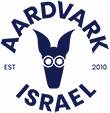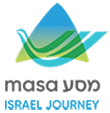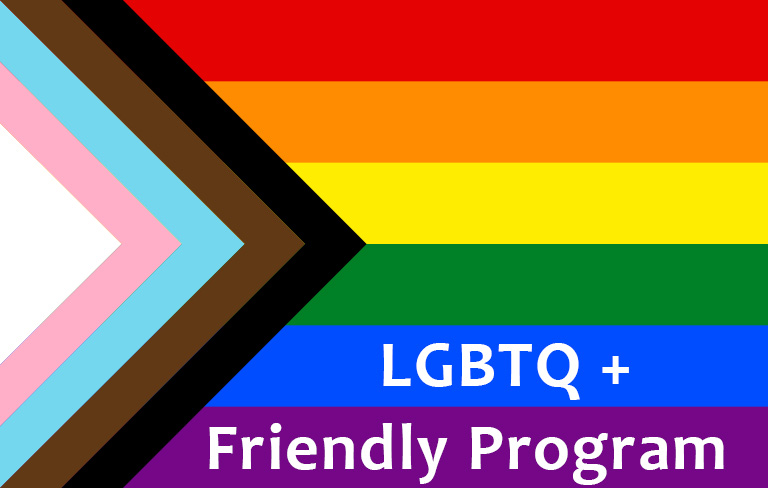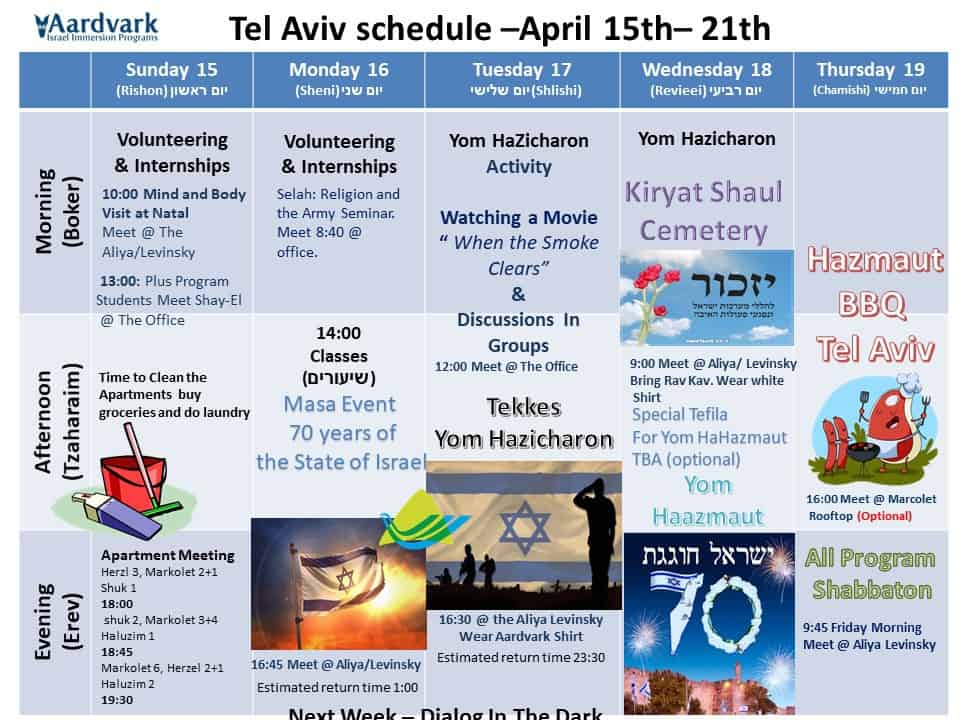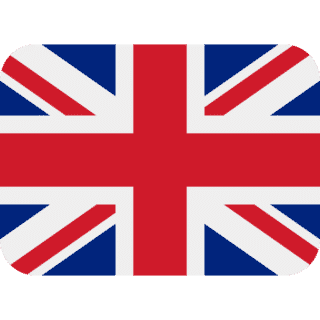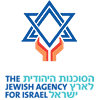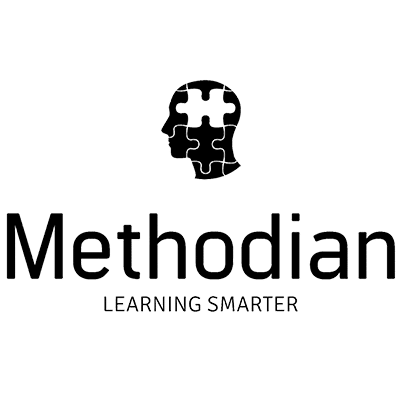Dear Parents,
I would like to share some of what we have been doing this past week.
On Sunday the counselors met with their students for the weekly apartment meetings and an activity. They spoke about the coming weeks in Israel, which include Yom HaShoah to remember the Holocaust, Yom HaZikaron to remember Israel’s fallen soldiers and victims of terror and finally, Yom HaAtsmaut, Israel’s Independence Day. Over the next two weeks, we aim to further the students’ knowledge and understanding of Israel, Zionism and Israeli society. As it was Yom HaShoah this week, we dedicated most of our activities to the subject.
On Monday we got on the bus and traveled to Holon to go ice-skating. The students put on their skates and had fun slipping and sliding on the ice. It was fabulous to see them having such a great time. It was a fun and enjoyable evening for us all.
Jonathan Zarzecki said, “I had a blast skating around the ice with my friends. Growing up in New York where you’re surrounded by ice hockey and free skating, it made me feel right at home.”
On Tuesday we journeyed to Kibbutz Lohamei HaGetaot. Holocaust Survivors founded this Kibbutz immediately after the State of Israel was formed. There is a museum at the Kibbutz dedicated to the Shoah and the resistance and fighters of the Ghettos. We had a fascinating tour of the museum that highlighted many aspects and new perspectives on this tragic period. We saw an enlarged map of Europe with flashing lights representing different locations of important sites – red bulbs for the concentration camps, white lights shone for the extermination camps and yellow bulbs glowed for the Jewish communities. The map helped us understood the historical chain of events and the scale of things across Europe and the world as a whole. Another exhibition room had an interactive display of objects from the beginning of the Holocaust. You could press a button, a draw would open containing an object, and on the digital screen you could read and learn about the object’s story. It really brought the Holocaust much closer to our hearts to be able to see a tangible item and to connect it to a personal story.
Julia Stenz said, “Our Tiyul this Tuesday was an extremely important one. We were lucky enough to have a guided tour of Israel’s first-ever Holocaust museum – Lohamei Ha Getaot (Ghetto fighters). Here we got a deeper understanding of our painful history in preparation for Yom Hashoah on Thursday. I feel very privileged to have been able to visit and to be educated at one of Israel’s hidden gems.”
On Wednesday evening, the students came to the Moadon for an activity that the counselors had prepared about Yom HaShoah. After a short introduction, the group was divided into three and went to different rooms each with a different them. One of the rooms dealt with our personal responsibility towards the Holocaust and its memory. The students were asked to respond to some tricky questions that were stuck on the walls and they had to share their answers with each other. Another room was dedicated to the question of Israel’s responsibility and relationship with the Shoah. There was a line marked out along the floor and the students had to place themselves along the scale to indicate their thoughts about such things as ‘How responsible is the State of Israel for world Jewry?’ or ‘How much is Israel a safe place for the Jewish people?’ After the students had experienced each of the rooms, the group sat and listened to a number of students who stood up and shared their family’s experience during the Shoah. It was so moving to hear their stories, some heart breaking, others inspiring. We ended with a short and formal ceremony and the singing of the Hatikva – Israel’s national anthem. I personally found it very emotional to hear these students, who I know so well, singing the Hatikva with pride.
On Thursday we went on buses to Jerusalem to visit Yad Vashem for a study day organized by Masa for many hundreds of gap year students. We began the day with activities run by Yad Vashem’s own guides and educators. The focus of the morning was the liberation of the Jews from the Concentration camps and life in the immediate aftermath of the war. Images were spread across the floor and the students had to choose a picture and talk about the dilemmas it raised. It really helped us understand the chronology of the end of the war and the struggles of the survivors to adjust. We had a short tour around the grounds of the museum to learn the story of Israel’s efforts to preserve the memory of the Shoah. In the early years of the State, it was common to talk about the number six million and so most of the memorials and sculptures are immense, large, and anonymous. In contrast, today it is more common to preserve the memory of the individual. A good example of this is the Children’s Memorial. There is one candle lit in the center of the memorial but it is surrounded by mirrors that are positioned to reflect many tens of thousands of candles. While walking through the memorial you hear the names of the names of children who were murdered read out aloud. After the walking tour, we were privileged to meet three survivors who each told their personal experience of the Shoah as well as the story of their Aliya to Israel. All three were so proud to be Jewish and their passion for Israel and their hope for the Jewish people was mind-blowing. The day ended with a memorial ceremony in the Hall of Remembrance which included wreath-laying, candle lighting, saying the Kadish and memorial prayers.
Alena Masumi Berkman said, “Today I felt a unique sense of pride being in Israel on The Holocaust Remembrance Day. Being here in Israel and living in the thriving country this year speaks to the resilience of Jews in the world. We were able to speak with a panel of three survivors that gave us a wide scope of more than one personalized story. I enjoyed this day because it gave me time to reflect on the history of my heritage & how far we as a Jewish people have come & survived.”
Allie Friedman said, “I have been learning about the holocaust for so many years and during my time being in Israel for Yom Hashoah I learned so many interesting new facts.”
Selah this week had a special trip to a historic site near Beer Sheva. We went on a Tanach Tiyul led by Rabbi Marc to Tel Beer Sheva. We retraced the life and times of Abraham the first Jew and stood by a 3000-year-old well (still functioning!) which dates to the period of Abraham, Sarah, and Isaac. Famously Abraham dug many wells in the book of Bereishit as did his son Isaac. One of these wells led to a conflict between Abraham and Avimelech, a local Philistine king. When they made peace with each other, they took an oath – in Hebrew a Shvua (שבועה) – around the well – in Hebrew Beer (באר) – that gave the name to the ancient city of Beer Sheva. We walked through the ruins of the beautiful city and through a deep-water tunnel from over a millennium ago. We sat underground and talked about Abraham’s Aliya to Israel and in preparation for these weeks of huge national significance, we ran a discussion about the significance of Israel for our spiritual and religious lives.
Next Week we are going to a Masa event, a march In Jerusalem in honor of 70 years of Israeli State celebrations and we will finish the march at the Kotel with a special ceremony.
The Madrich on Call for the weekend is Ilay.
Until next week,
Sincerely
Eyal
